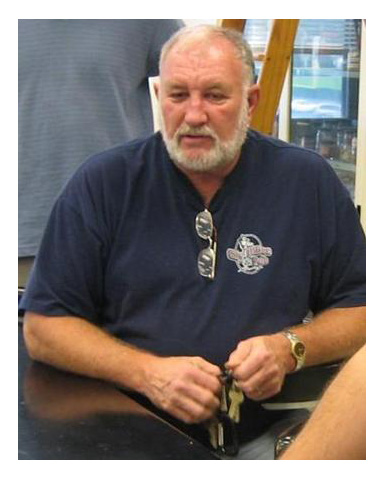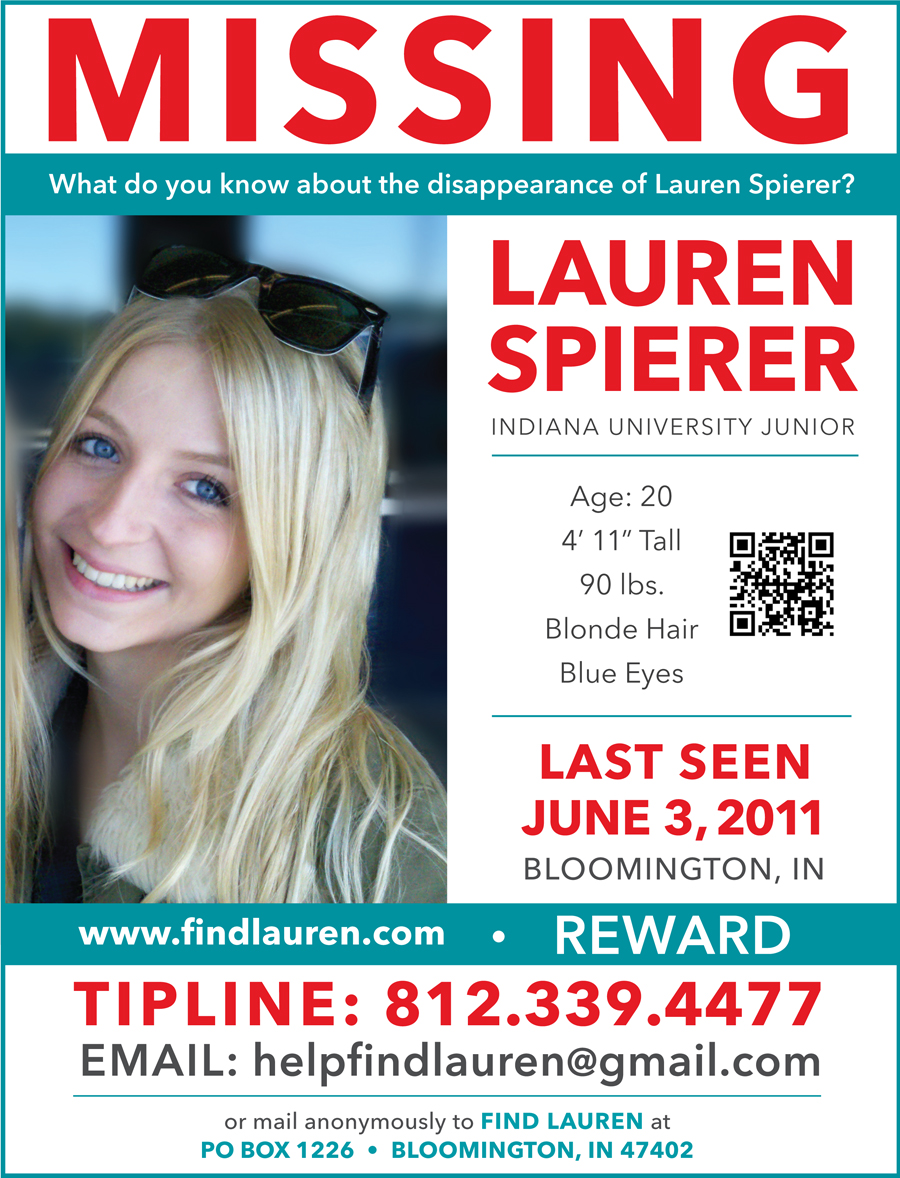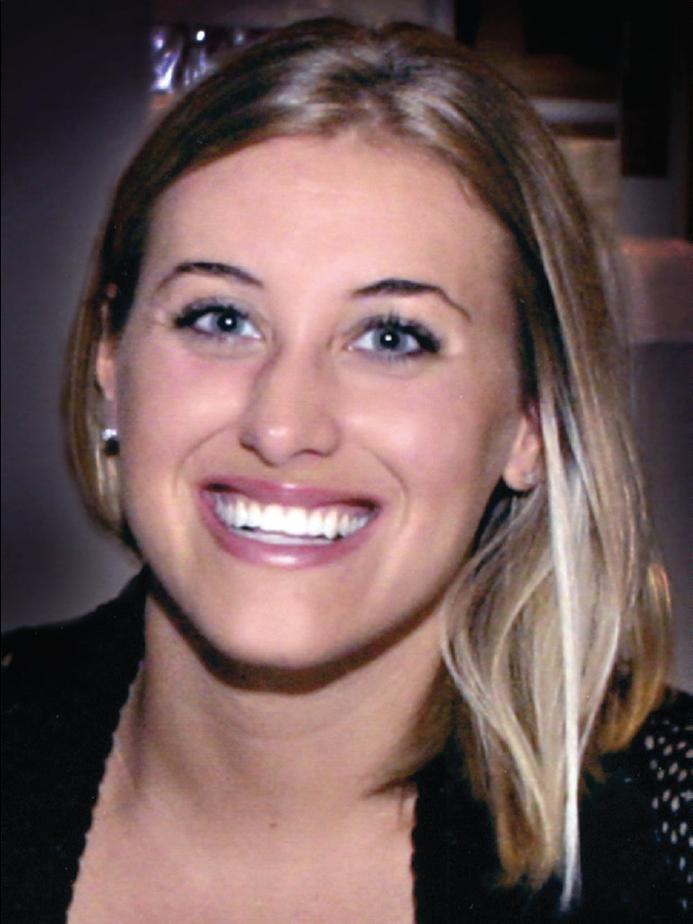“I found my daughter’s car today, and it smells like there’s been a dead body in the damn car.”
- Cindy Anthony
You know, I really wanted to title this post, Cryogenic oven-trapping gas chromatography for analysis of volatile organic compounds in body fluids, but it was already taken. Darn those three, K. Watanabe-Suzuki, A. Ishii and O. Suzuki. They left nothing for another man’s creative imagination.
On July 24, 2008, Investigator Mike Vincent of the Orange County Sheriff’s Office sent Oak Ridge National Laboratory a carpet sample from the trunk of Casey’s Pontiac, the one that contained the damn dead pizza with squirrel topping smell. All kidding aside, what tests were performed on the air quality in that trunk was a very serious matter. Whether or not the judge allows the forensic report to be admitted as evidence in the case against Casey is of tantamount importance to both the state and defense, where the life or death of the accused may be in the balance. The judge will have to weigh heavily the type of science it is - something never used in a court of law. Is it truly a valid science or is it junk, as Casey’s defense has implied? To grasp the basic concept of what it is, we must understand it first.
To begin with, there’s nothing quite like real, live witnesses; the ones who will testify in court that the car smelled like death and decomposition. There’s no escaping it. Cindy smelled it, George smelled it, Lee smelled it, and certainly, lots of law enforcement officials running around the Anthony home on July 15, 2008, smelled it, and many of those officials were duly trained in detecting decomposition of the human body. Just like the pungent smell of marijuana, there’s no escaping its uniqueness. Once you smell death, you never forget it. I believe it is in our primordial genes. The very first time it impacts you, you know what it is. No need for an education. No learning curve. No one need tell you what it is. Coupled with the scientific results, it could smell, er, spell doom for Ms. Casey. Even without it, the odor is what it is: decomp. No squirrels or other organic matter was found, lest a few crumbs of dried up pepperoni, if that.
 The carpet sample sent in July was not the only thing parceled out. On September 3, Dr. Neal Haskell included air samples from the trunk, paper towels, and a white trash bag, both containing fly pupae. Dr. Haskell is a forensic entomology expert - forensic refers to investigation into the cause of death and entomology refers to insects. He is part of the faculty (Biology Department) at St. Joseph’s College in Rensselaer, Indiana.
The carpet sample sent in July was not the only thing parceled out. On September 3, Dr. Neal Haskell included air samples from the trunk, paper towels, and a white trash bag, both containing fly pupae. Dr. Haskell is a forensic entomology expert - forensic refers to investigation into the cause of death and entomology refers to insects. He is part of the faculty (Biology Department) at St. Joseph’s College in Rensselaer, Indiana.
According to Oak Ridge, compounds in all the samples were identified by mass spectral library match, which means they were compared against known samples that exist in a library. Without getting too complex, verifications were determined from standards purchased from the Sigma-Aldrich Chemical Company. It’s like comparing samples of anything against a known bank of information pertaining to that subject matter.
 The first carpet sample was placed in a sealed metal can. A preliminary analysis was performed by extracting a small amount of air from the can. It was injected into a Hewlett-Packard Gas Chromotagraph/Mass Spectrometer (GC/MS) equipped with a Hewlett-Packard Mass Selective Detector. If this sounds anything like the Turbo Encabulator, it’s not even remotely close. Hewlett-Packard never made one. Alas, only a few compounds were observed in the sample, primarily chloroform, and it became apparent the sample wasn’t strong enough, so it was deemed necessary to increase the sensitivity in order to find a lower abundance of compounds - if they were present at all. According to the report, the technique selected for concentrating the sample was cryogenic trapping, which can improve detection of organic compounds ten-fold. Cryo-trapping is widely used for the analysis of fragrances and odors.
The first carpet sample was placed in a sealed metal can. A preliminary analysis was performed by extracting a small amount of air from the can. It was injected into a Hewlett-Packard Gas Chromotagraph/Mass Spectrometer (GC/MS) equipped with a Hewlett-Packard Mass Selective Detector. If this sounds anything like the Turbo Encabulator, it’s not even remotely close. Hewlett-Packard never made one. Alas, only a few compounds were observed in the sample, primarily chloroform, and it became apparent the sample wasn’t strong enough, so it was deemed necessary to increase the sensitivity in order to find a lower abundance of compounds - if they were present at all. According to the report, the technique selected for concentrating the sample was cryogenic trapping, which can improve detection of organic compounds ten-fold. Cryo-trapping is widely used for the analysis of fragrances and odors.
For these analyses, cryo-trapping was performed by injecting air into a short loop of inert stainless-steel tubing connected between the injector of the gas chromatograph and the head of the GC column. The stainless-steel loop was cooled with liquid nitrogen which condensed the organic compounds present in the air sample, while allowing the nitrogen and oxygen to be vented away from the GC/MS. Normal heating of the GC oven during analysis cycle vaporized the condensed organic compounds in the stainless-steel loop and allowed them to traverse through the GC column into the mass spectrometer.¹
If you are not familiar with cryogenics, think of cryonics, which is the “science of using ultra-cold temperature to preserve human life with the intent of restoring good health when technology becomes available to do so,” according to the Alcor Website. Rumor has it that Walt Disney’s head is frozen and kept under the Cinderella Castle at Disney World, here in Orlando, but that’s not true. His whole body is on ice in a hidden chamber beneath Pirates of The Caribbean at Disneyland. Actually, none of that is true. Dearly departed Disney was cremated, head and all, and his ashes rest in Forest Lawn Memorial Park in Glendale, California. Cryo no more.

Back to the matter at hand…
The carpet sample was removed from the metal can and placed in a Tedlar bag for 2 days at 35 degrees Celsius (C) and allowed to off-gas into the bag. Kind of like a silent, but deadly, if you get my drift. Tedlar bags have many uses in many industries, including air sampling, hazardous waste, and other gas sampling needs.
The report admitted that gasoline was found in the trunk and it was likely a source of significant hydrocarbon interference that caused an overlap with about 41% of the chemicals typically observed in decompositional events. This may wreak havoc on the state’s claims. The defense will jump on this like flies on… flypaper. Of the 51 chemicals identified on the carpet sample from Casey’s vehicle, 80% were consistent with decompositional events. A mere 17 of the 51 overlapped with known or possible gasoline constituents, leaving 24 compounds - 59% - associated with decomposing human remains potentially unaccounted for. In other words, there was no other way to explain their existence, such as pepperoni. There are lots more examples in the report, but to go into every aspect would be boring and quite tormenting. Suffice it to say that in its conclusion, the report summed up things nicely.


What the lab determined was that odor from early decomposition was present, including “an unusually large concentration of chloroform - far greater than what is typically seen in human decomposition.” There was also an increased level of sulfur containing compounds found, which are “particularly characteristic of decompositional events.” Certainly, of particular interest to the defense is the report’s conclusion that the possibility exists there could be a variety of products that could have contributed to the overall chemical signature.
How much credence should we, as untrained laymen, put into the Oak Ridge report? Laywomen, too. No discrimination intended or implied. Our opinions won’t count in court, but it makes for great discussion. What we may lose sight of are the lab tests conducted for OCSO because we keep wishing upon a star that Casey will be found guilty, so we sometimes skew the results. To be frank, we’re not even into what the defense experts will bring into battle, but we do have another report at our fingertips; the findings of Michael E. Sigman, Ph.D., Assistant Director for Physical Evidence at the National Center for Forensic Science on the campus of the University of Central Florida, right in Casey’s backyard.
Here is a list of what was analyzed and reported in Air Analysis Results: Caylee Anthony Missing Child Investigation²:

Some samples were not tested at NCFS, but an interpretation of the findings stated that“… dimethyl disulfide, tetrachloroethene and Chloroform are known to be liberated from decomposition of human remains. These three compounds were not found in a representative gasoline sample in the NCFS database. Dimethyl disulfide occurs naturally in cabbage and onion.” Was that pizza ordered with onions and pepperoni? “Tetrachloroethene is used in dry cleaning and may be used in spot removers. Chloroform may be used as a degreaser and may be formed through the reaction of chlorine bleach with some organic chemicals.”
What Dr. Sigman concluded was that the presense of dimethyl disulfide, tetrachloroethene and chloroform did not conclusively demonstrate that human decomp was present in the trunk. There were too many other possible sources.
These were the findings of Oak Ridge and NCFS, and not my opinion. In other words, I have no dog in this fight other than a cause similar to everyone else that’s compassionate about this case and looking for complete and final justice for Caylee. Speaking of dogs, though, the defense is going to look into all of this in a lot more depth and try to convince the jury a machine could never replace a canine nose. Therefore, it’s inconclusive. On the other hand, didn’t a dog also hit on human decompostion in that trunk? How is defense attorney Dorothy Clay Sims, a specialist in medical-expert witness cross-examinations, going to bark back at a dog?
I recommend reading Air science could be used for first time ever in Anthony case by Anthony Colarossi, Orlando Sentinel, October 8, 2010.
 Friday, December 30, 2011 at 11:00AM
Friday, December 30, 2011 at 11:00AM 

















 LEGAL NOTICE
©David B. Knechel. All Rights Reserved. No portion of this site can be reproduced in it's entirety or in part without expressed written permission by the owner/administrator of this site in accordance with the Digital Millennium Copyright Act. Section 512(c)(3) of the U.S. Copyright Act, 17 U.S.C. §512(c)(3). The charges against defendants are mere accusations and the subjects are presumed innocent until found guilty in a court of law.
LEGAL NOTICE
©David B. Knechel. All Rights Reserved. No portion of this site can be reproduced in it's entirety or in part without expressed written permission by the owner/administrator of this site in accordance with the Digital Millennium Copyright Act. Section 512(c)(3) of the U.S. Copyright Act, 17 U.S.C. §512(c)(3). The charges against defendants are mere accusations and the subjects are presumed innocent until found guilty in a court of law.